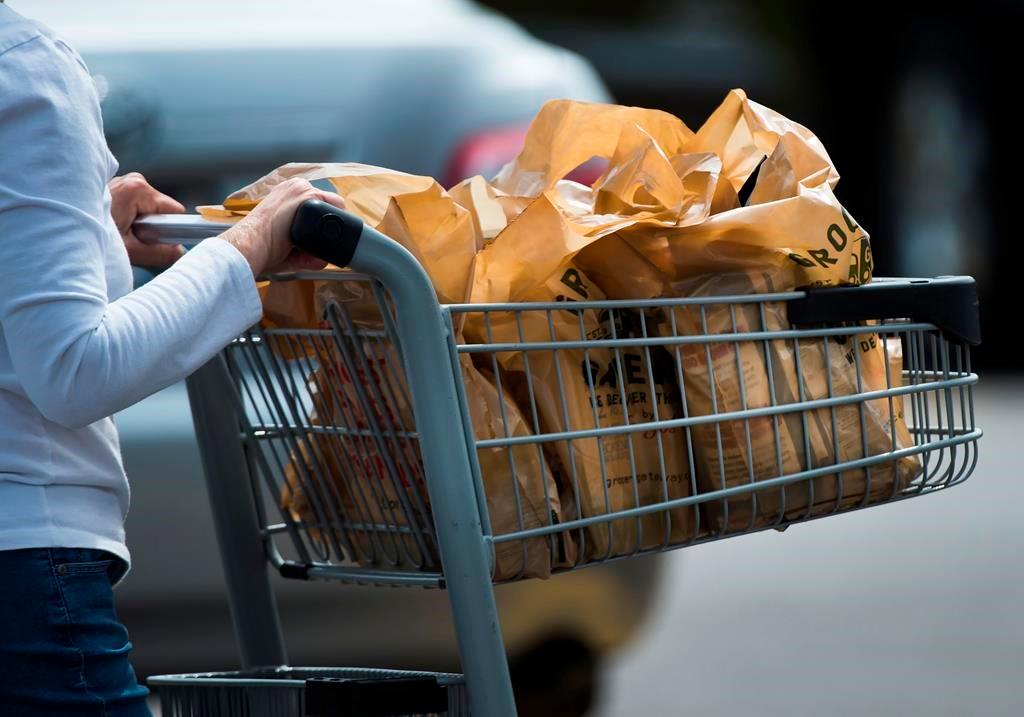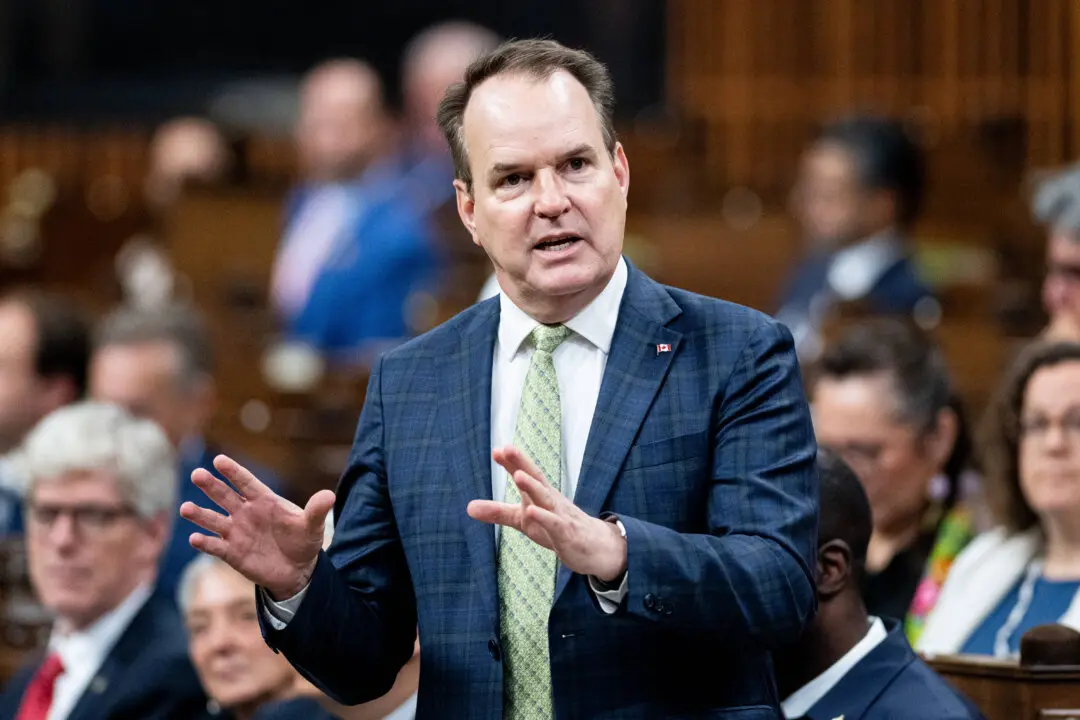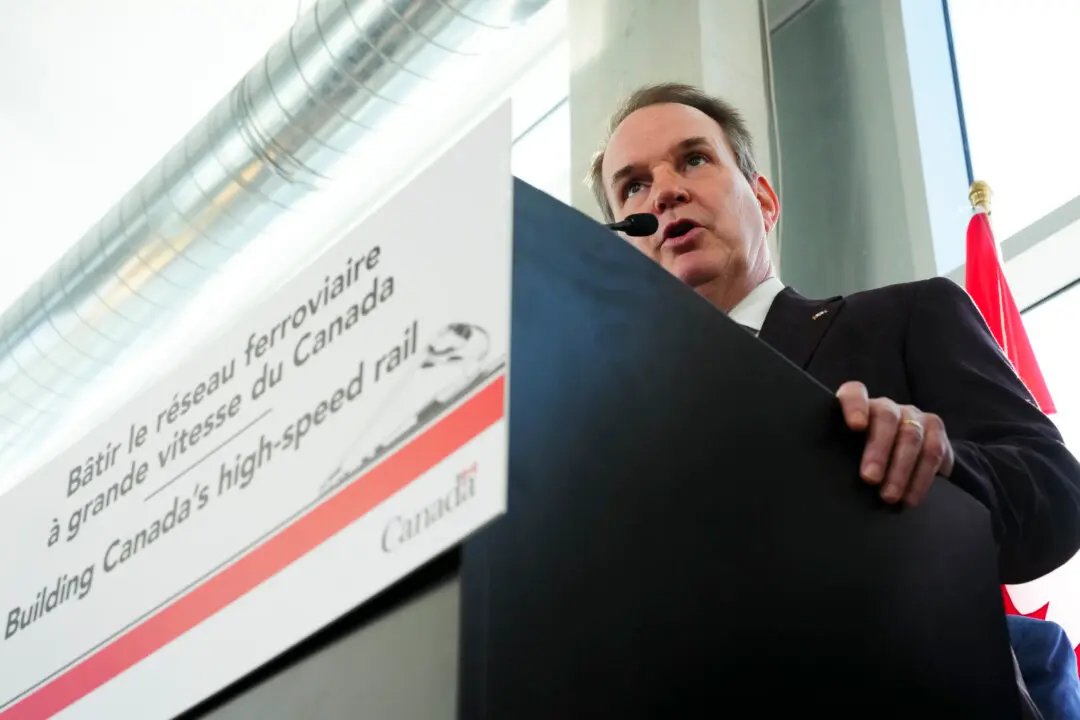Over 11 million low and middle-income Canadians will begin receiving a one-time grocery rebate beginning July 4, with Deputy Prime Minister Chrystia Freeland saying the measure will allow “ some important breathing space” for families struggling with the cost-of-living crisis.
“This grocery rebate will make a real difference to Canadians who really need help right now. But I would never claim that the grocery rebate alone will alleviate the entire impact of inflation, especially on the most vulnerable people,” Ms. Freeland told reporters during a press conference on July 4.





